Centennial Woods Phenology Blog
Posted: May 4th, 2019 by jdgoodma
At my phenology location in Centennial woods, nature and culture combine in many ways. My are is just off the heavily travlled path used by hikers. students, bird watchers dog walkers, runners and so on. A stream runs through my. area connecting it to places and peopel both up and down stream from itself. Many use this area and many use this stream, the trees the grass, and the soil. Although the area itself is not culture it is intertwinned with the cultures of people that pass through, that live in burlingtonand, and many even vermont.
I don’t consider my self to be apart of this place any ore then the next person. I come though and stay for a few minutes evey couple of weeks or so and observe. In a sense every body within the water shed is apart of this one place to a degree. I do belive I have become a part of that place but in my own way. I go alone in silence and sit to observe and enjoy its buety and whatever it will share with me. Really everyone and eveything is a apart of this one miniscule place as eveyone and eveythig is apart of the aeth and connected to it in their own ways. That is why we must protetect the enviroment even if its just to save a small river bank wiht barley enough room to move around on .
Uncategorized | No Comments »
Posted: March 18th, 2019 by jdgoodma
Over spring break I tried to hike as much as I could in the few days of sun and warmth. The site I chose to study for this entry was an unmaintanted section of a revolutionary war site. the tree were all secondary old growth most of the species consisted of Tulip, Silver maple, and Chinese Sequia trees. Most of the tree are between 150 and 220 years old and over a hundred feet tall. There was also and abundance of New York and Christmas ferns. The only birds I noticed in the area where American. Robins. There were a few tracks in the mud which belong moslt. likley to a whte tailed deer.
Uncategorized | No Comments »
Posted: March 7th, 2019 by jdgoodma
According to the Wetland, Woodland, Wildland classifications, I would say that the natural community for my phenology location would be best classified as a hardwood swamp. The evidence for this is that the surrounding trees are a mix of mostky Red and Silver maples. the surounding area is a stream with swamp like tendancies in the spring and summer.
Not much has change about my site since my last visit the trees and shrubbery still lay bare. However some of the snow and ice has begun to melt. The stream which runs through the site has begun to flow more freely now that some of the ice has thawed. I will be able to see more once the snow and ice has thawed completely.
Uncategorized | No Comments »
Posted: February 4th, 2019 by jdgoodma
Upon my most recent visit to Centennial Woods there was no animal activity while I was in the area. However, I foud tracks that appeared to be from a domestic dog and some scat which probabaly aided this claim.
tree species found in my location:
red maple
sugar maple
beech
yellow birch
A mojority of the trees in tmy imidiate vicinity had died and had no buds to show. the entire area was covered with over a foot of snow and the stream avan was mosley covered asside for a sew small unfrozen patches where the it flowed freely benath a thin crust.

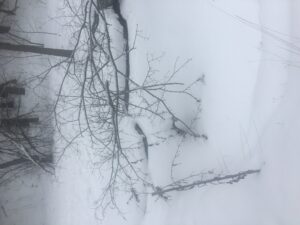
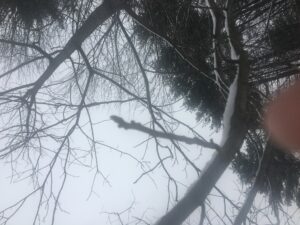
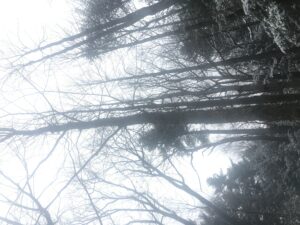

Uncategorized | No Comments »
Posted: November 26th, 2018 by jdgoodma
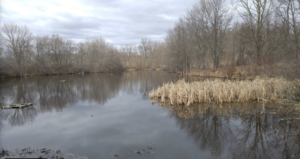
https://www.google.com/maps/d/u/1/edit?hl=en&mid=1MVeEnOzwnCoIMj-76tp1aBdZpQ6jwjIi&ll=40.726464479595855%2C-74.42135059999998&z=18
My location lies within the Great swamp wildlife refuge education center the only completely untouched area for miles it is still surrounded by houses and buildings. The center quickly. Changes from woods to swamp . Coming to the clearing the deciduous trees give way to a lively yet peaceful pond. It is cold now, all manner of creatures have retreated for warmth. Few hard individuals remain the capped chickadee sings while he works to ready for the coming weather the Canadian geese honk quietly to each other unaware of my presence. I come here often to think or to clear my mind, but never alone. the birds go about their business and keep me company. A small observation deck built many years ago overlooks the quiet pond. Cat tails and other water loving plants sway in the gentle breeze creating slow ripples in the still water. The dull colors of the plants flow into the water and melancholy sky. Power lines and some houses in the distance ruin the natural aesthetic. Under the powerlines dying weeds and grasses turn gold and glow in the sunlight as the breeze takes them.
The locations share some basic similarities because they both contain a body of water. My location at home has a pond and many small streams and my Burlington location has one larger stream. Neither have an abundance of coniferous trees and most are understory with a select few in the overstory. Because my home location is a still body of water plants live within the water and has many water loving plants surrounding it. The location in Burlington has some shrubbery and grass but no plants within the water itself. Much of the fauna is surprisingly similar many of the same species which reside in the burling ton location also live in my home location such as white tail deer, tufted titmouse, pileated wood peckers and of course squirrels, etc. Much of the flora is also quite similar, maple and oak trees lie the area and some honey suckle. Both are un maintained but have bridges and boardwalks but are otherwise untouched. There has been much less animal life sighted in the Burlington location as compared to my home location. The largest difference is the climate but even that is similar because New Jerseys climate is similar to Vermont’s at this time of the year but slightly warmer.
Uncategorized | No Comments »
Posted: November 5th, 2018 by jdgoodma
Uncategorized | No Comments »
Posted: October 22nd, 2018 by jdgoodma
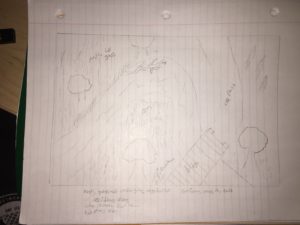
Seasonal changes:
The canopy mostly has fallen to the forest. Most of the grass has yellowed not many leaves on the ground they seem to have blown away from the area. Because the trees are deciduous, the entire area now has sunlight for most of the day. During the time I was there, I saw no sign of animal life (no birds).
Uncategorized | No Comments »
Posted: October 9th, 2018 by jdgoodma
https://www.google.com/maps/d/u/1/edit?hl=en&mid=1SJCu1ZDou9IPY33zRECPwRlljiGfqP2K&ll=44.50209177811398%2C-73.25266125000002&z=18
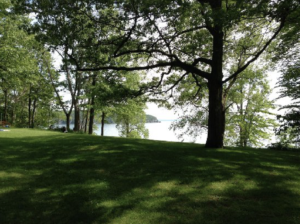 is
is
My phenology Place is located near the Leddy Park Ice Arena or Leddy park. The best way to get there is by bike or walking as it is on the Burlington bike path. From the Aiken center take Main street down to Lake Street and take a right towards the ECHO center. From there find the bike path to the right of the docks. then follow the bike path until you find Leddy park on the right. I chose this place because I took a bike ride one day to explore the area and stopped here and walked on the beach. I love the beach and figured it would be fun to study the area and go back to such a beautiful place to get to know it better. The vegetation of the area includes a majority of deciduous such as a mix of oaks and maples as the area is maintained there is not much understory growth besides some honeysuckle and barberry.
Uncategorized | No Comments »


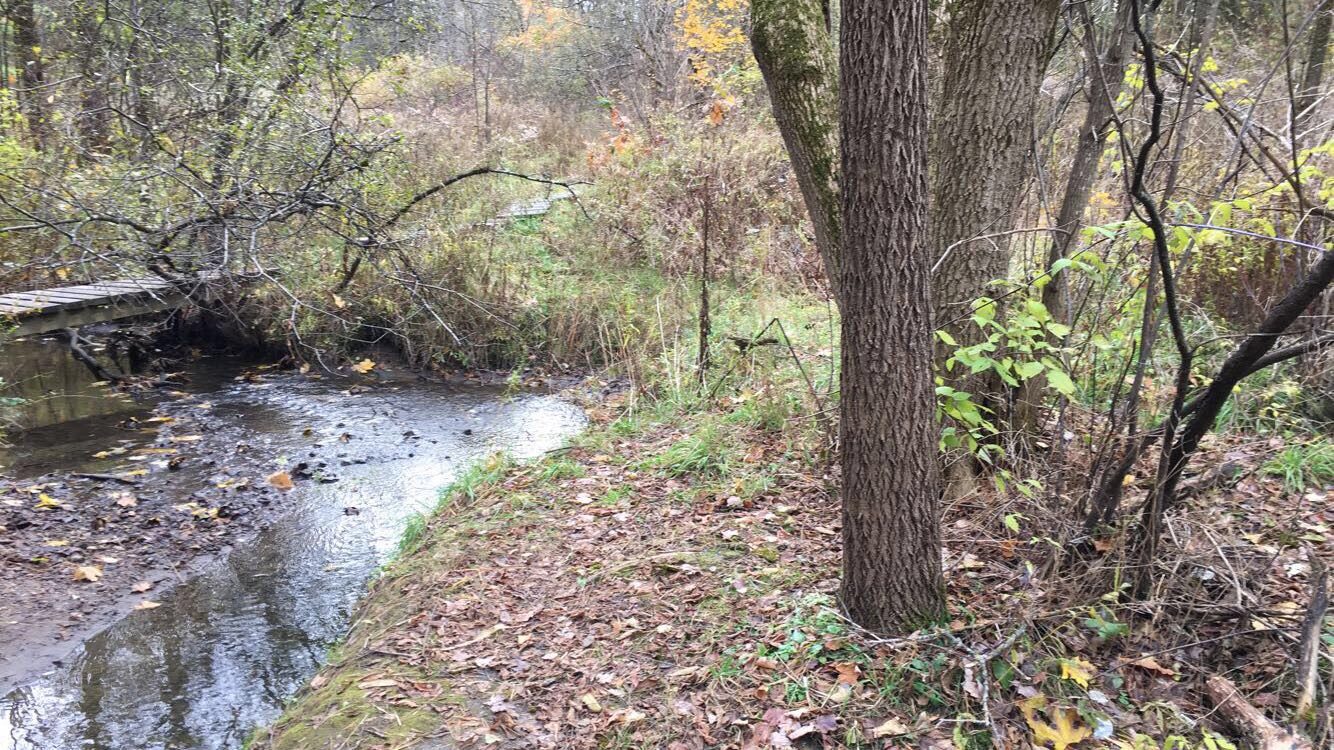






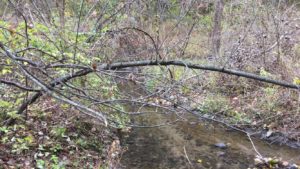

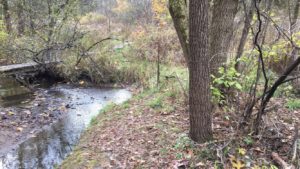


 is
is
Recent Comments